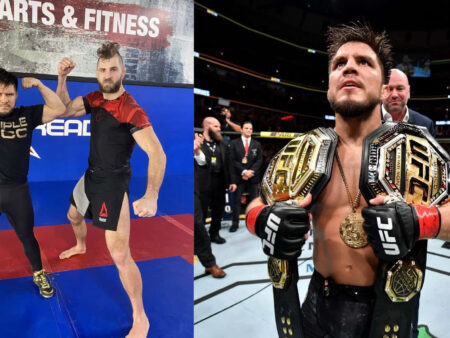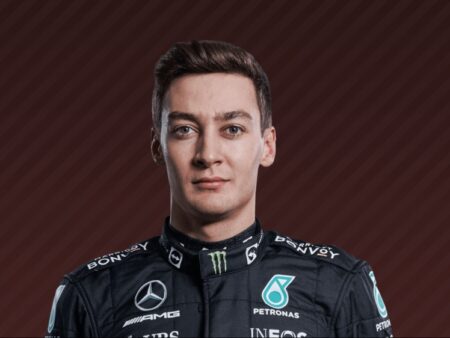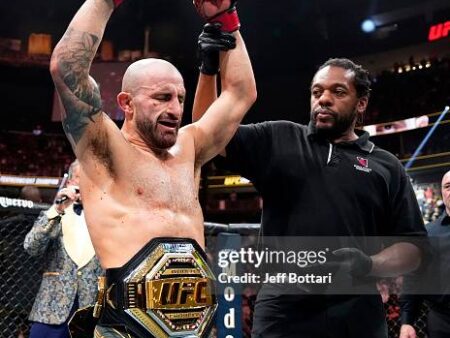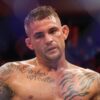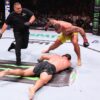The whispers have grown louder, evolving into shouts: the Golden State Warriors` dynasty is over. Betting odds cast them as underdogs, and their roster seems to be collecting more birthdays than playoff wins. Yet, beneath the surface of skepticism and premature obituaries, a formidable force still lurks, ready to remind the NBA why it should never truly fear the dawn of a new era until the old one has truly faded. The Warriors, it appears, are not quite ready for their golden years retirement party.
A common sentiment suggests that the Western Conference has surged past Golden State. Indeed, some projections place them well outside the top contenders. However, delve a little deeper, and a different narrative emerges, one painted with starker, more dominant hues. One analytical model, for instance, boldly places the Warriors as the second-best team in the entire NBA, projecting a hefty 56 wins. This isn`t wishful thinking; it`s a cold, hard look at what transpired when their revamped lineup finally hit its stride.
The Butler Effect: A Blueprint for Dominance
The mid-season acquisition of Jimmy Butler last year wasn`t just a roster move; it was a revelation. Before his arrival, the Warriors were adrift, a middling team struggling for an identity. Post-Butler debut, a transformation occurred. They posted a remarkable 23-8 record, extrapolating to a stunning 61-win pace over a full season. More impressively, their defensive rating soared to first in the league, complemented by a third-best net rating. This wasn`t a statistical anomaly; it was the reawakening of a championship pedigree.
With Stephen Curry leading the charge and Butler providing relentless two-way impact, the Warriors found a synergy that few teams could match. Their playoff exit, though swift, was largely attributed to Curry`s untimely hamstring injury – a scenario any contender would falter under. Now, with both superstars expected to be fully integrated for a complete season, coupled with incredible continuity (12 of their top 13 playoff contributors are returning), the foundation for sustained excellence is firmly in place.
The Horford Advantage: A Missing Piece Found
Perhaps the most understated yet crucial addition to the Warriors` arsenal is Al Horford. In a league increasingly valuing versatile big men, Horford brings a dimension Stephen Curry has arguably never truly had: a reliable, high-volume, floor-spacing center. Past Warriors bigs might have offered flashes, but Horford consistently drains triple-digit threes with remarkable efficiency (over 40% in his last three seasons). This ability to stretch the floor from the center position creates unprecedented space for Curry`s off-ball wizardry and Butler`s drives.
Beyond his offensive contributions, Horford elevates an already potent defensive frontcourt. Imagine a lineup featuring Butler, Draymond Green, and Horford – a triumvirate boasting a combined 15 All-Defensive Team selections. This isn`t just a good defense; it`s a suffocating, scheme-flexible wall that can adapt to any opponent. The Warriors` championship DNA has always included elite defense, and Horford`s presence rekindles that aspect, allowing them to compete on both ends of the court with renewed vigor.
A Deeper Bench, A Broader Attack
While the stars will undeniably shine, the Warriors` depth this season is nothing to scoff at. Beyond the core, players like Brandin Podziemski have shown flashes of high impact, contributing to a quintet of Warriors who rank among the league`s most impactful players on a per-possession basis. This level of top-tier talent and supporting cast is matched by only a few other teams in the league.
Furthermore, a diverse array of role players – from the sharpshooting Buddy Hield to the athletic Jonathan Kuminga, and defensive specialists like Gary Payton II – offers various solutions for different matchups. Kuminga, in particular, remains an intriguing asset; his scoring punch could be vital in minutes without Curry or Butler, or he could serve as a valuable trade piece for mid-season adjustments, providing salary matching for further roster enhancements. This flexible approach to team building suggests a front office that understands the delicate balance between winning now and adapting to the future.
The West`s Shifting Sands: Opportunity Knocks
The Western Conference is undoubtedly a gauntlet, a collection of formidable teams vying for supremacy. However, even the perceived giants have their Achilles` heels. The Rockets face uncertainty with key injuries, the Timberwolves grapple with aging veterans and unproven youth, and the Lakers are already battling injury woes and defensive concerns. The Clippers, much like the Warriors, contend with age and perennial injury questions.
Even the reigning champions, the Oklahoma City Thunder, for all their youthful brilliance, haven`t found the Warriors an easy opponent. Historical matchups reveal a Golden State team that has consistently pushed the Thunder to the brink, often in games where Curry or Butler were absent. While no team is truly “favored” against a healthy Thunder squad, the Warriors have proven they possess the strategic acumen and star power to make any series a legitimate contest.
The Legacy Continues
The narrative of an aging dynasty slowly fading into the sunset makes for compelling storytelling. But for the Golden State Warriors, this chapter is far from closed. With Stephen Curry still operating at an elite level, Jimmy Butler infusing new life, and Al Horford providing a missing piece, the Warriors are not merely hoping for a chance; they are building a legitimate challenge. Counting them out now isn`t just an oversight; it`s a fundamental misunderstanding of their enduring competitive spirit and the strategic brilliance that still defines them. The Golden State Warriors are not just playing for the past; they are fiercely competing for the future, and the rest of the NBA would be wise to remember it.
